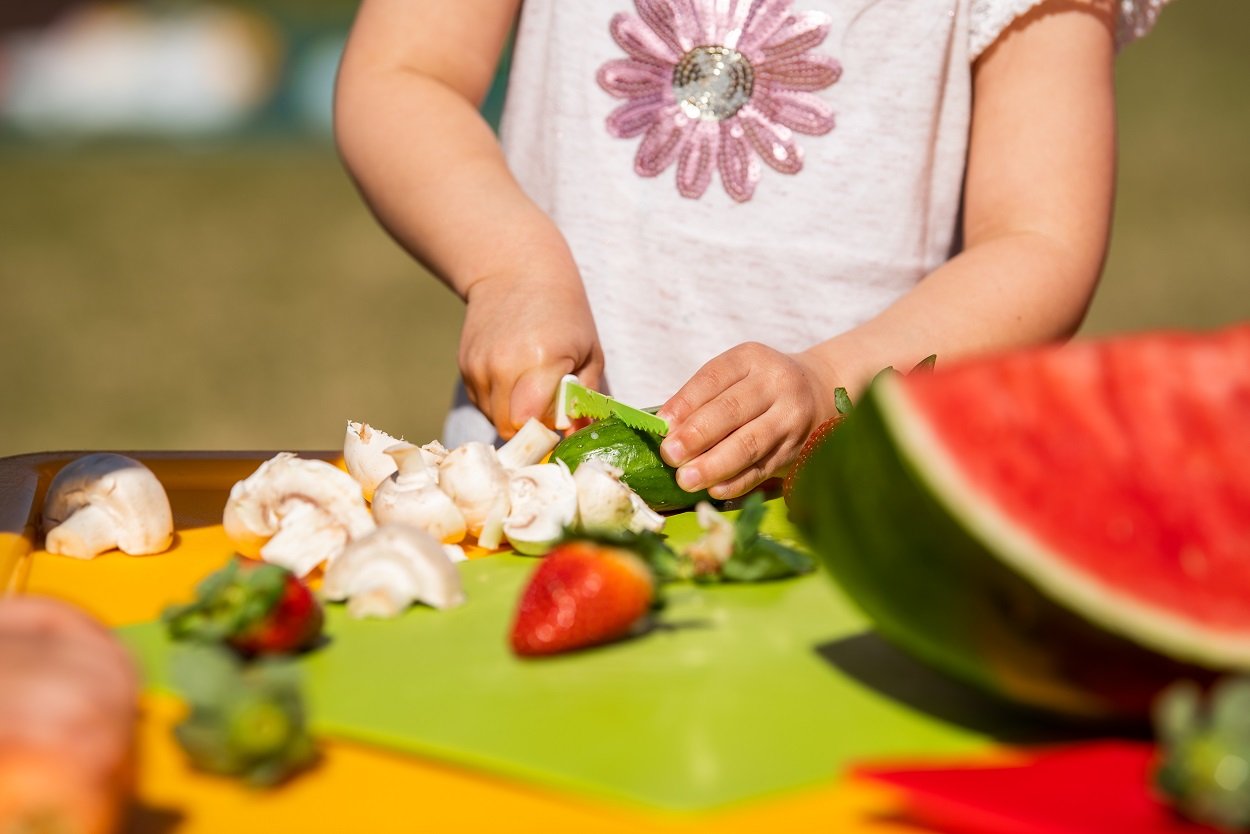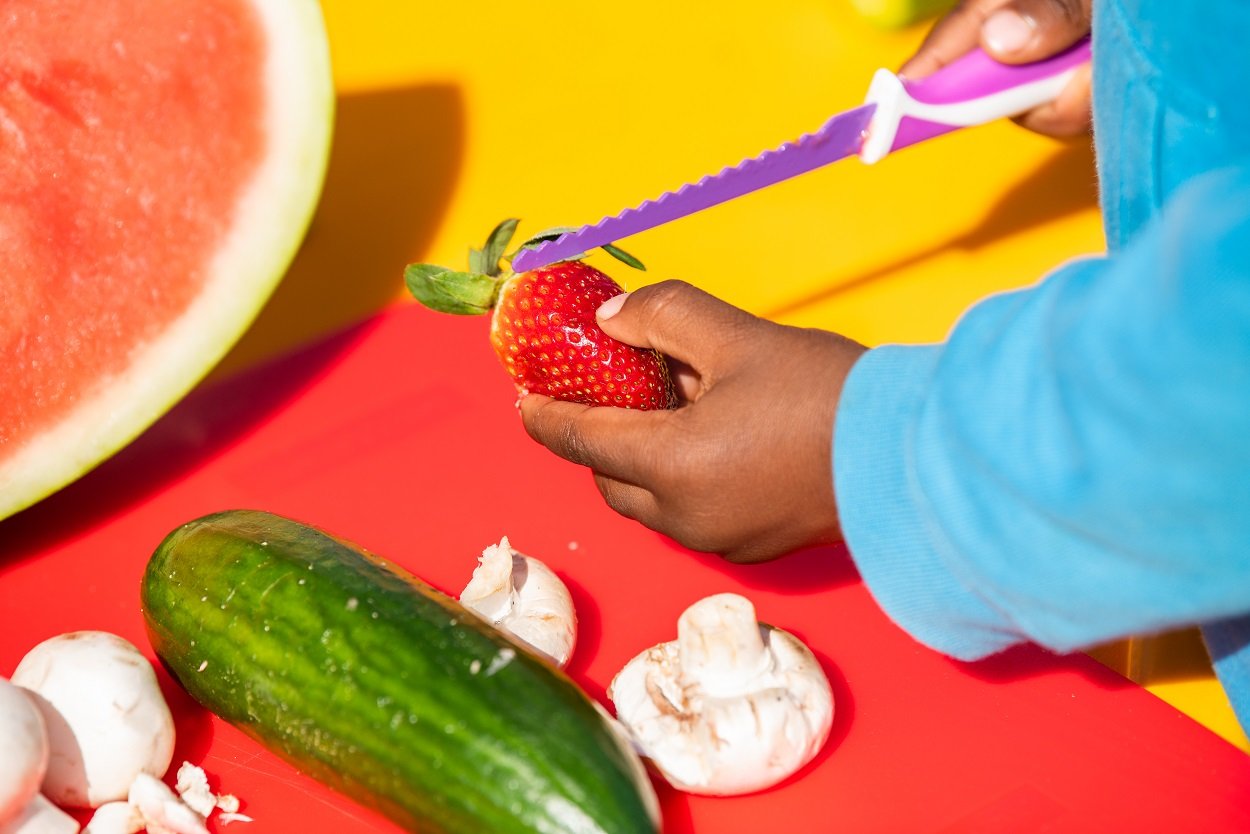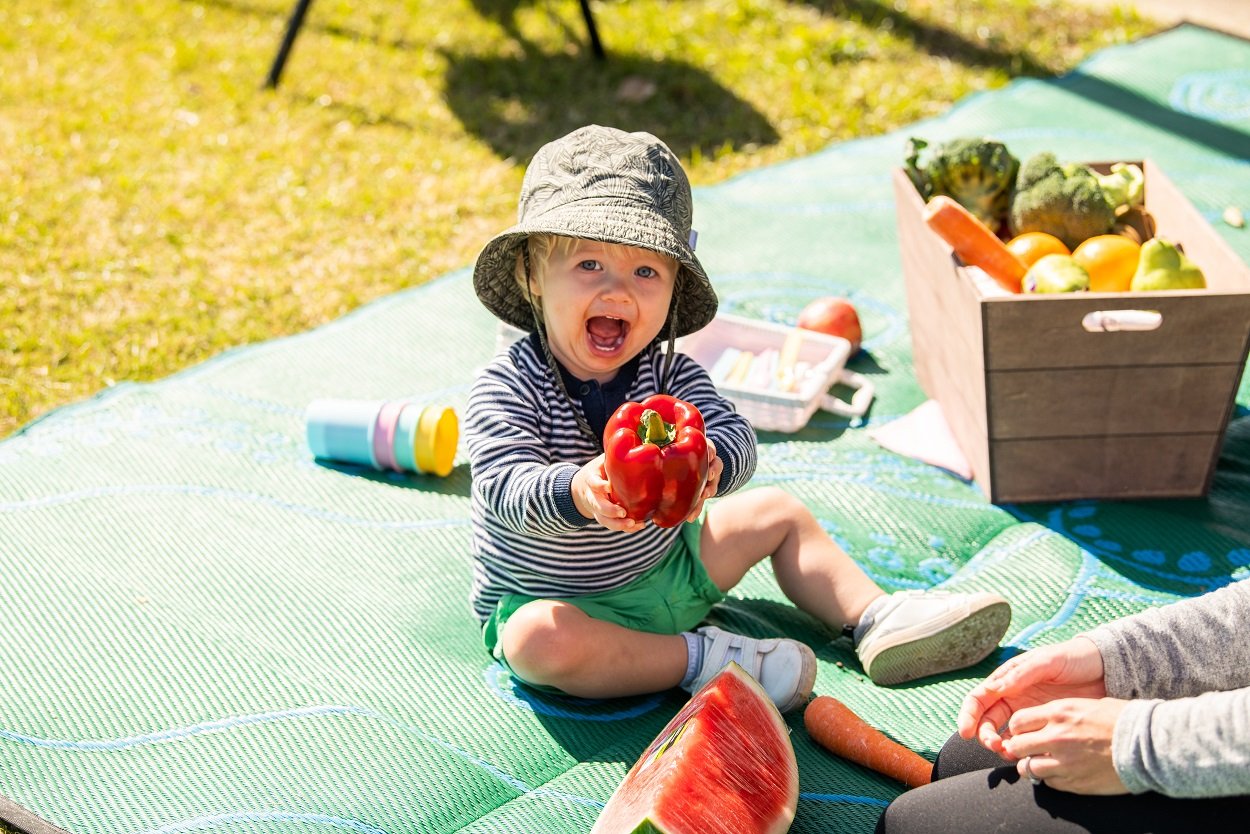Dr Kimberley Baxter & Dr Rebecca Byrne, School of Exercise and Nutrition Sciences, Faculty of Health, Queensland University of Technology
Fussy eating, also called 'picky' or 'selective' eating, is a common issue parents of young children face. According to research, approximately 50% of parents identify their children as fussy eaters. However, rest assured this behaviour is normal and usually a phase children outgrow as they age.
It's believed that fussy eating is a survival mechanism. Children's aversion to new foods, particularly bitter flavours like vegetables, is biologically hardwired to protect them from potentially toxic substances. Children at this age become mobile and start exploring their surroundings, so an inbuilt caution against unfamiliar foods can be a safeguard. Unlike our ancestors, we’re spoilt for choice with a wide range of safe, palatable, and energy-dense foods.
If left unchecked, fussy eating can lead to an imbalanced diet. The American Academy of Pediatrics (AAP) asserts that a varied diet is essential for adequate nutrition in children. So, it's important for parents to gently nudge their children towards embracing different foods.
Exposing toddlers to a variety of foods, particularly fruit and vegetables, before the age of two years is associated with lower fussy eating in the future. Children learn best about food when they have many opportunities to touch, smell, feel and taste it. This increases a child’s familiarity with that food, and eventually, they learn to like it.

Here are some simple, research-backed strategies to help overcome fussy eating:
-
Regular, Repeated Exposure: Introduce new foods regularly and pair them with familiar ones. A child may take up to 15 exposures to accept a new food.
-
Model Healthy Eating: Your child learns from observing you and others around them. Children are more likely to eat fruits and vegetables if they see trusted adults eating them.
-
Involve Children in Meal Preparation: Children who help cook feel more connected to the food. Children involved in meal preparation are more likely to eat a balanced diet.
-
Make Mealtime Pleasant: Avoid pressure, punishment, or rewards around eating. The Division of Responsibility in Feeding by Ellyn Satter, an internationally recognised authority on eating and feeding, suggests that parents decide the 'what,' 'when,' and 'where' of feeding, while children decide the 'whether' and 'how much.'
-
Be Patient: Remember, fussy eating is a phase. Each child is unique and will embrace different foods at their own pace.
Understanding fussy eating and using these strategies can help lay the groundwork for healthy dietary habits that extend into adulthood. Emphasising a positive and supportive eating environment can help children develop a balanced and healthy relationship with food.

When to seek professional advice
Distinguishing between developmentally normal fussy eating and potential red flags is important for parents. Consider seeking professional advice from your GP or allied health professional if your child:
-
is faltering in their growth (downward crossing of percentiles overtime on growth charts)
-
is “stuck” on particular textures
-
has fewer than 20 foods they accept in their diet
-
avoids an entire food group
-
has had a history of trauma around mealtimes.
Fussy eating can be a challenging phase for families. When your child rejects food, remember your task is to offer a variety of healthy food, and your child decides when they’ve had enough.

Further information
https://onlinelibrary.wiley.com/doi/abs/10.1002/eat.22384
https://www.sciencedirect.com/science/article/pii/S096098221300208X#bib1
https://pubmed.ncbi.nlm.nih.gov/35406134/
https://www.jandonline.org/article/S2212-2672(15)00657-7/fulltext
https://www.ellynsatterinstitute.org/how-to-feed/the-division-of-responsibility-in-feeding/






